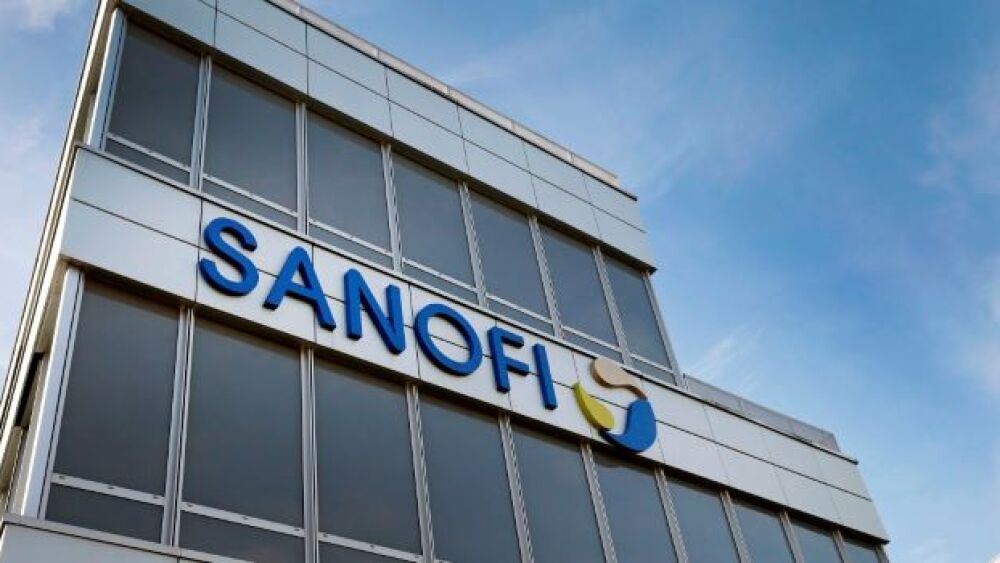The XTEND-1 study showed that efanesoctocog alfa met its primary endpoint of clinically meaningful bleed prevention in people ages 12 years and older with severe hemophilia.
Chesnot/Getty Images
Sanofi and partner Swedish Orphan Biovitrum AB shared positive topline results from their ongoing Phase III trial on a candidate drug for patients diagnosed with severe hemophilia A.
Preliminary findings from the pivotal XTEND-1 Phase III study showed that efanesoctocog alfa (BIVV001) met its primary endpoint of clinically meaningful bleed prevention in people ages 12 years and older with severe hemophilia, as measured via the annualized bleeding rate (ABR). It also met its secondary endpoint, showing that using efanesoctocog alfa once a week was superior to prophylactic factor VIII replacement therapy and significantly reduced the ABR in intra-patient comparisons. The candidate drug was also well-tolerated, with no traces of inhibitor development to factor VIII.
Efanesoctocog alfa is a recombinant factor VIII therapy designed to extend protection for bleeding in people with hemophilia A. It works by building on Fc fusion technology by adding a von Willebrand factor region and XTEN polypeptides to lengthen its time in circulation.
XTEND-1 is an open-label, non-randomized trial that evaluates the efficacy, safety and pharmacokinetics of efanesoctocog alfa in the said age group who previously received factor VIII replacement therapy. It has two parallel arms: members of the prophylaxis group were given 50 IU/kg of efanesoctocog alfa weekly for 52 weeks, while those in the on-demand group were initially given 50 IU/kg, as needed, for 26 weeks and then followed by a weekly dose for another 26 weeks.
Adverse events were recorded but mostly minor, with less than 5% of participants reporting arthralgia, headache, back pain and falls. Hemophilia A is a rare and genetic blood disorder characterized by the blood’s inability to clot because of a factor VIII deficiency. The disease occurs in one of 5,000 male births every year and rarely among females. Those diagnosed with this disease experience bleeding episodes that are not just painful but can also lead to joint damage and life-threatening hemorrhages.
“While advances have been made in the treatment of hemophilia, unmet medical needs still exist. These positive topline data, showing a very low annualized bleeding rate, enhance efanesoctocog alfa’s potential to transform hemophilia A therapy. We believe efanesoctocog alfa provides higher protection for longer duration with reduced treatment burden of once-weekly dosing, and we look forward to working with regulators to bring this therapy to patients as soon as possible,” said Dietmar Berger, MD, Ph.D., the global head of development and chief medical officer of Sanofi.
The latest results will serve as the jump-off point for submission to regulatory authorities worldwide at the start of 2022. Efanesoctocog alfa already received an Orphan Drug designation from the US Food and Drug Administration in August 2015 and then from the European Commission in June 2019. The Food and Drug Administration (FDA) gave it a Fast Track Designation in February 2021.
Submission to the EU will happen when data from the ongoing XTEND-Kids pediatric trial is available, likely in 2023. As of this writing, efanesoctocog alfa is still being evaluated for efficacy and safety and has not received approval from any regulatory body.
Sobi holds the final development and commercialization rights in the Sobi areas, namely Europe, Russia, North Africa and most of the Middle East. Sanofi has the final development and commercialization rights in North America and all other areas not covered by its partner.





